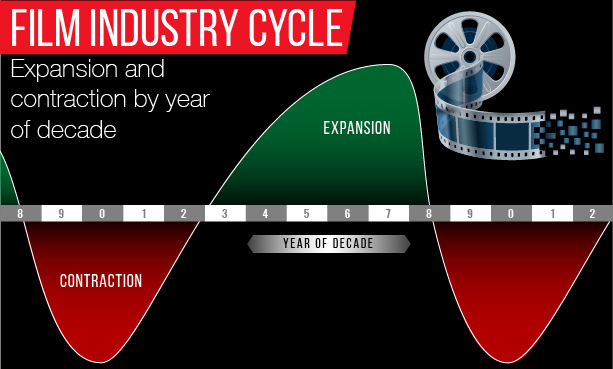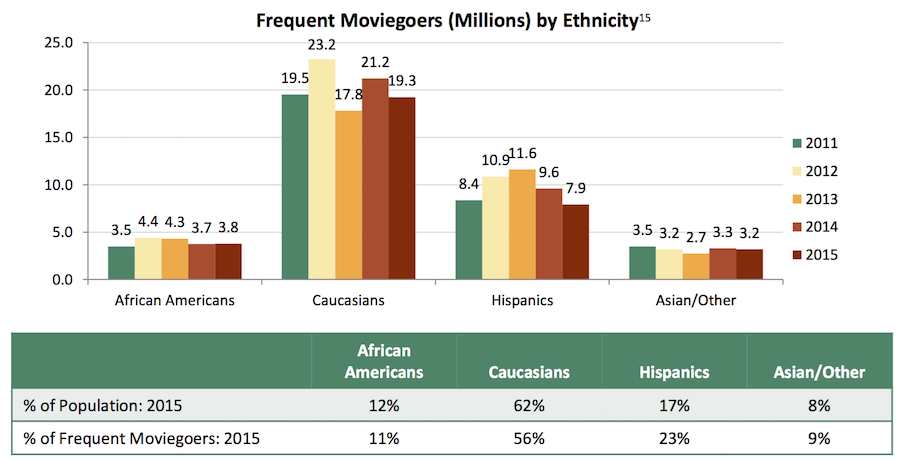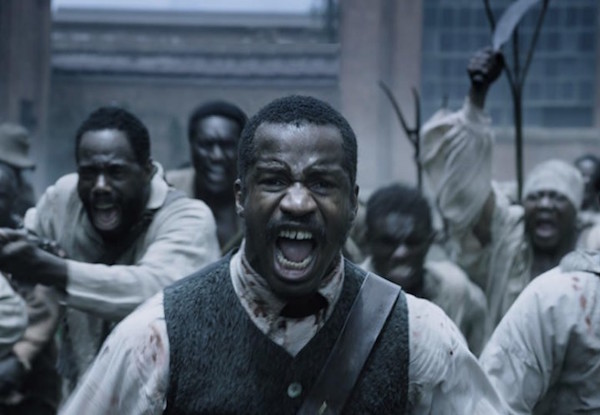Labor and Creativity
Originally published in Cultural Weekly on August 30, 2017
My first job in any creative pursuit was in IATSE Local 44. IATSE is the labor union that governs below-the-line people who work in film and television. I was a very junior set dresser, and my first assignment on my first day was to go to a department store to get make-up and beauty supplies to sit on Glenda Jackson’s vanity table for a scene that would shoot after lunch. “Get back here in 45 minutes,” my new boss barked at me. I hustled to the store and picked out bottles of Borghese make-up because I liked their shape. It was the first creative decision I ever got paid for.
It’s the Labor Day weekend, and I have been reflecting on how much labor, and labor unions in particular, are responsible for the creative culture we enjoy, the creativity that shapes the context of our lives, that entertains and enlightens us.
When I moved into theatre, I became a stage manager, and joined Actors’ Equity. Equity, like IATSE, is affiliated with the AFL-CIO. As an Equity stage manager, I made sure the actors were treated fairly and according to rules of safety, work hours, breaks, and overall working conditions, and I was treated fairly myself. On top of that, I got a standard salary and there were benefits.
As I became a producer in the film business, I joined the Producers Guild, and I worked with professionals from diverse areas of creativity in many unions — actors in SAG-AFTRA, directors in the DGA, writers in the Writers Guild (which I also became a member of), musicians in the AFM… as well as editors, scenic designers, art directors, drivers, make-up artists, and very junior set dressers like I once was.
Today, I also have become a faculty member of the business school at UC Berkeley, and I’m a proud member of the American Federation of Teachers. Here I have learned that Teamsters don’t just drive the trucks on movie sets — they also represent the graduate student instructors who make sure our courses run smoothly.
Labor unions have made a profound, positive difference in all of our lives. In the creative industries, in addition to the unions I mentioned, there are guilds and organizations that may not have collective bargaining power, such as the Authors Guild, but which nevertheless set voluntary standards for fair treatment, appropriate contracts, and support their members’ creative careers.
Today’s gig economy has benefits for creatives — flexibility of schedules, self-determination of projects — but it has a downside, too, because increasingly creatives’ jobs are being de-unionized and devalued. I don’t expect we can reverse this trend, because it is gaining momentum. Gig “employment” is 34% of the U.S. working economy, and is estimated to be 43% by 2020.
But in the rush toward an uncertain future, a future in which creativity and vibrant culture should play a salutary and transformative role, it’s worth remembering (even this weekend as we tend to the bar-be-que) the value of creative people in numbers, how labor unions have protected and enhanced the world we live in, and how creative people need to be supported in their ability to make a living.
Image: Street art in Los Angeles’s Arts District. Photo by Adam Leipzig.




















